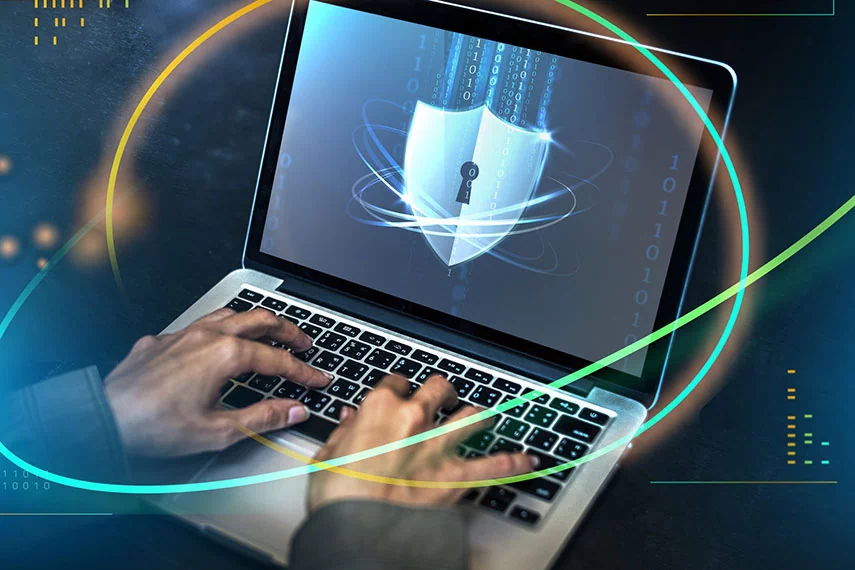More data was breached than ever before in 2021, and it’s unlikely that cyber threats will subside any time soon. And, when you consider the volume of devices now connected to business networks, the level of threat becomes alarming. If enterprises are investing heavily to keep up, what does that mean for small and midsize businesses that don’t have the same resources?
Endpoint security is vital for SMBs to consider because the majority of cyber attacks target small businesses. Even one security breach could be what it takes to shut down your company. Additionally, many SMBs embrace BYOD, which only increases the number of endpoint vulnerabilities to worry about.
What is Endpoint Security?
First, we have to identify which are your organisation’s endpoints and which are not. In simple terms, an endpoint is any device that connects to a computer network. Laptops, desktops, mobile phones, tablets, servers, and virtual environments can all be considered endpoints. Infrastructure devices on which the network runs are considered customer premise equipment (CPE) rather than endpoints. CPE includes routers, firewalls, switches, network gates, and load balancers.
Endpoint Security protects desktops, laptops, servers, and fixed-function devices from malicious threats such as malware, ransomware and zero-days. Depending on what your business’ cybersecurity needs are, endpoint security can also include firewalls, whitelisting, host-based intrusion detection system (HIDS), patching, logging and monitoring, and backup/recovery plans.
Why is it important?
The majority of cybersecurity attacks in 2021 originate at the endpoints and it’s unlikely that cyber threats will subside any time soon. And, when you consider the volume of devices now connected to business networks, the level of threat becomes alarming. Endpoint security is vital for SMBs to consider because the majority of cyber attacks target small businesses. Even one security breach could be what it takes to shut down your company. Additionally, many SMBs embrace BYOD, which only increases the number of endpoint vulnerabilities to worry about.
How does it work?
Endpoint protection works via a combination of network and device-level defences. At the network level, the organization may restrict access to the enterprise network based on a device’s compliance with corporate security policies and least privilege. By blocking insecure devices from accessing the corporate network and sensitive resources, the organization restricts its attack surface and enforces its security policies.
Here are five tips to get started if you’re trying to figure out how to secure an endpoint:
- Educate employees on cybersecurity best practices and conduct regular training on how to identify phishing emails, etc.
- Protect devices with antivirus software, multi-factor authentication, and firewalls.
- Keep web browsers and extensions up to date with the latest security patches to help deter and prevent attacks.
- Monitor data and application access by employees. Regularly audit permissions and remove sensitive data from devices when not needed.
- Don’t forget to secure IoT devices on your network, which often have default password settings that make them an easy target.
How to Choose an Endpoint Security Solution
Without adequate endpoint protection, an enterprise loses control over sensitive data the moment it’s copied to an external device or the moment network access is gained through an unsecured endpoint.
Our expert team can help you minimize downtime responding to incidents and return critical CPU cycles back to the business. Contact us at 1300 911 000 today!





